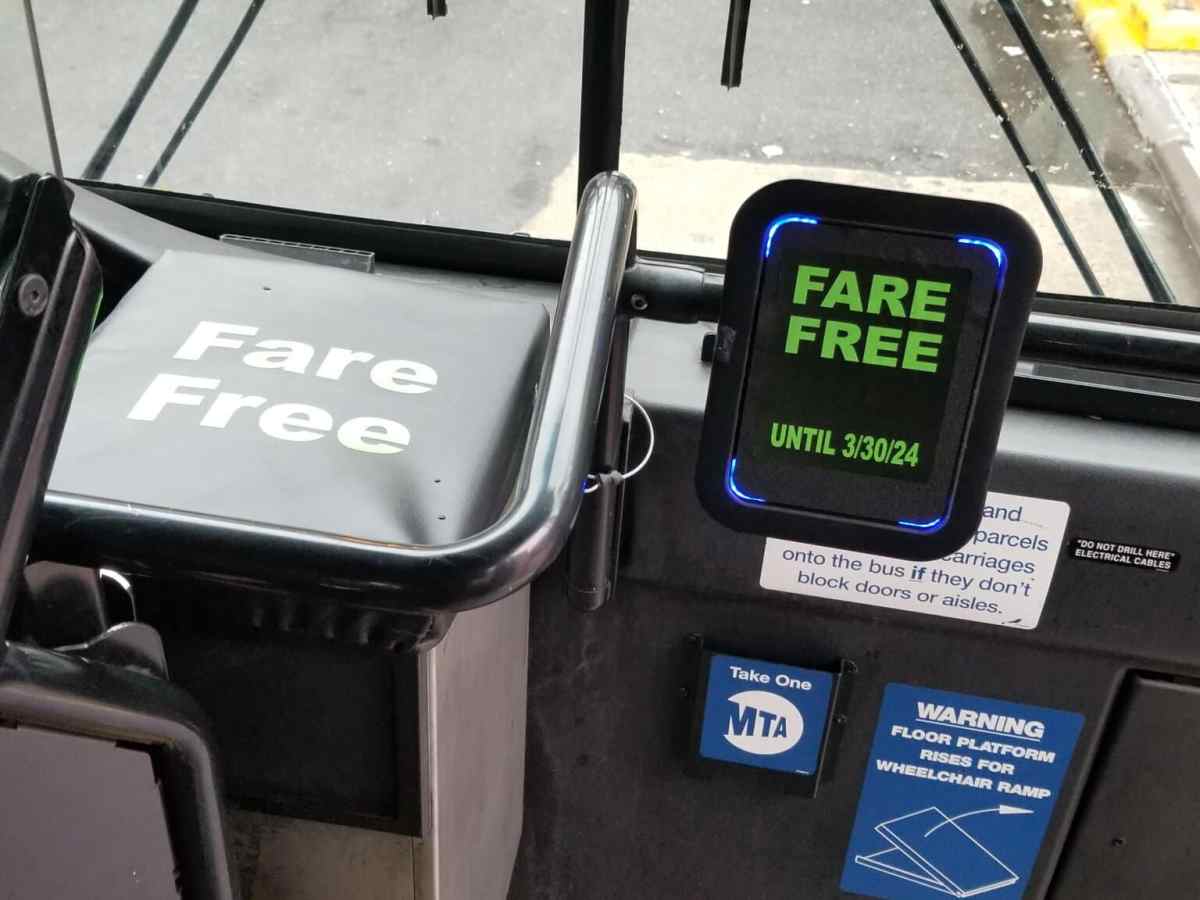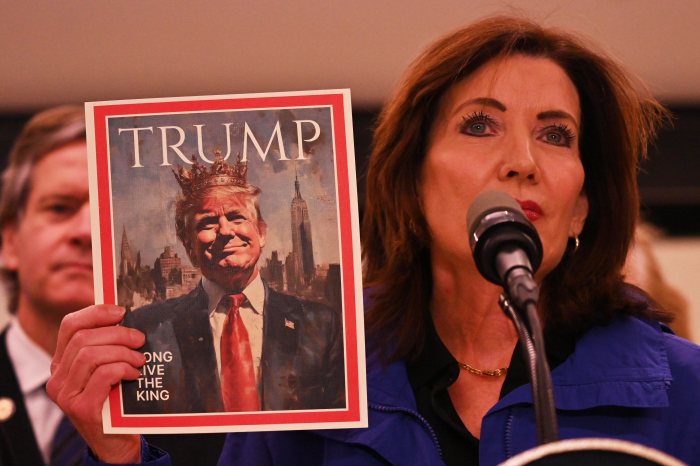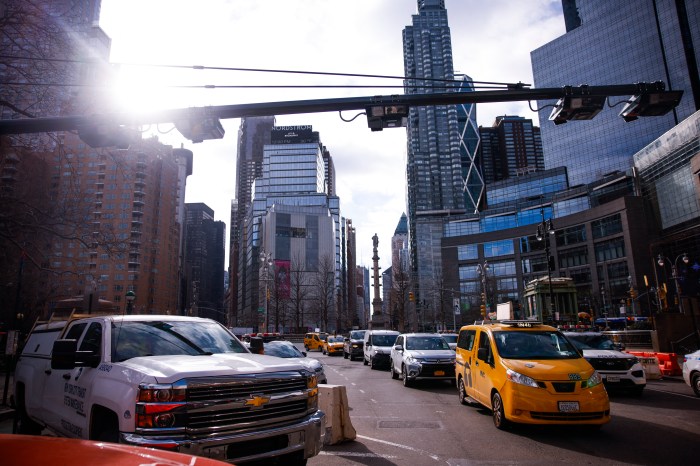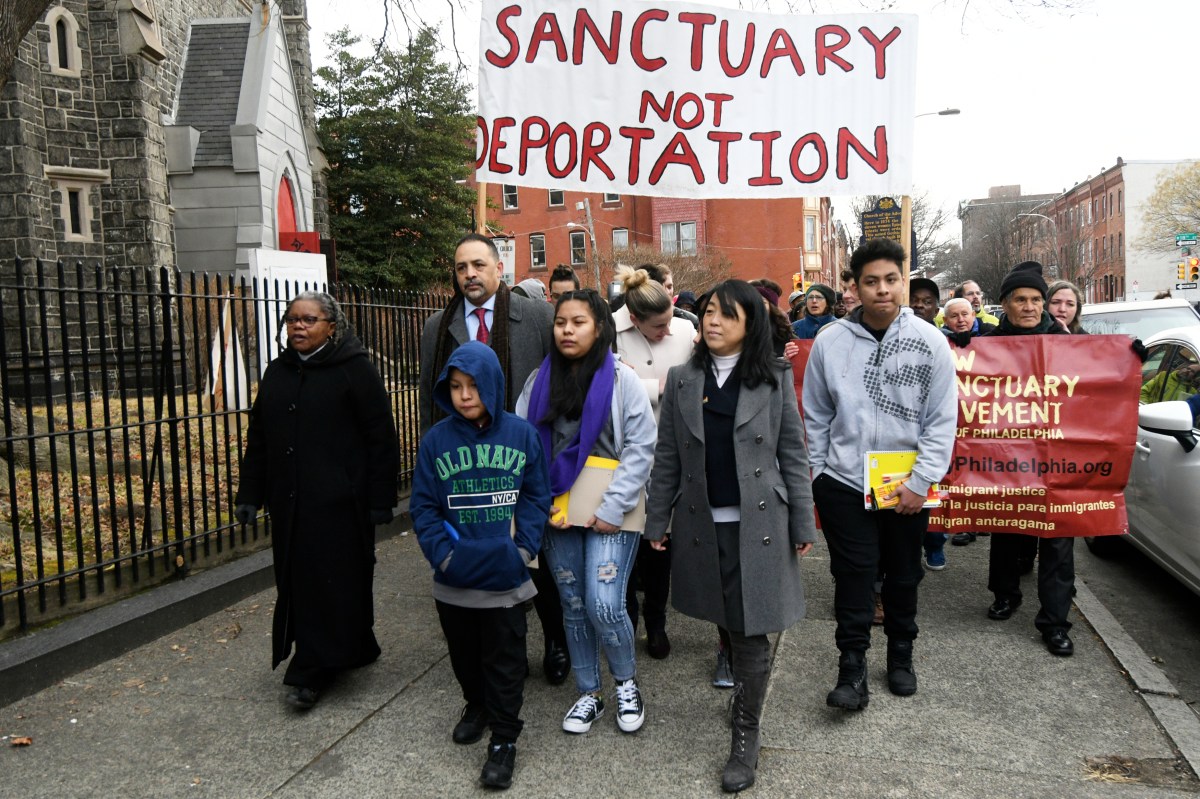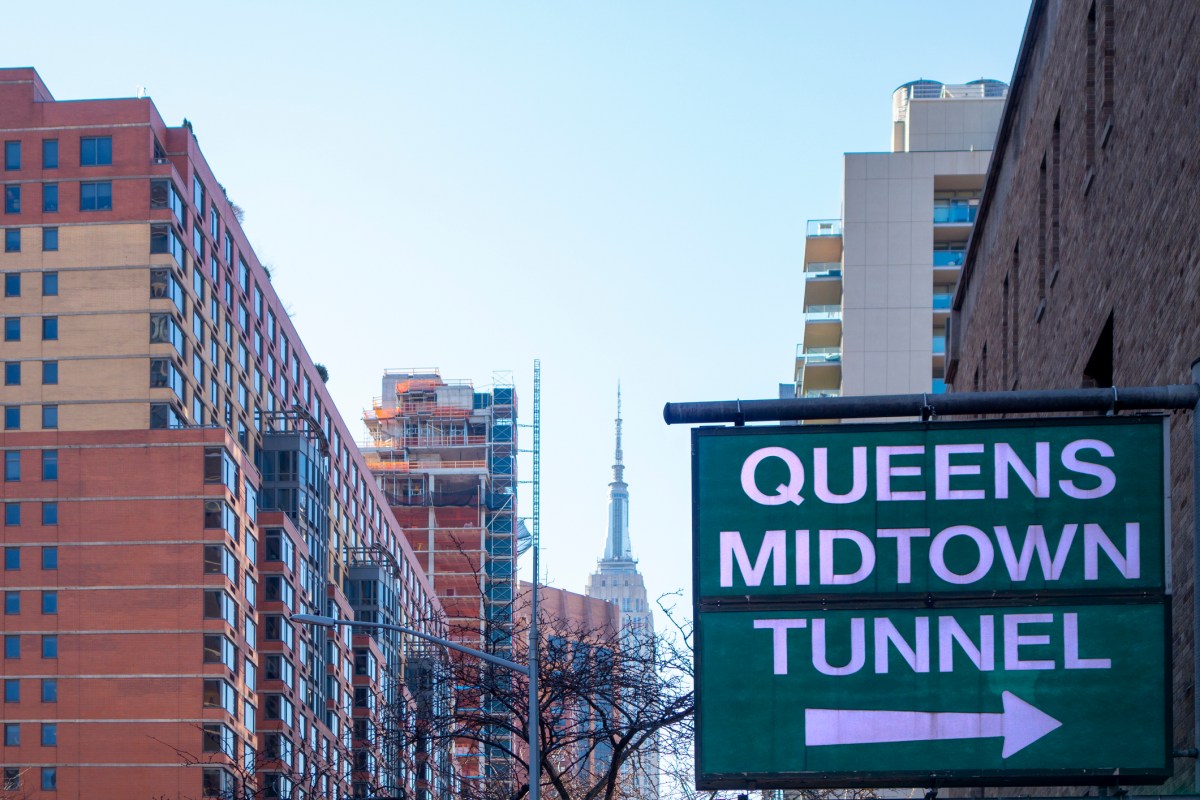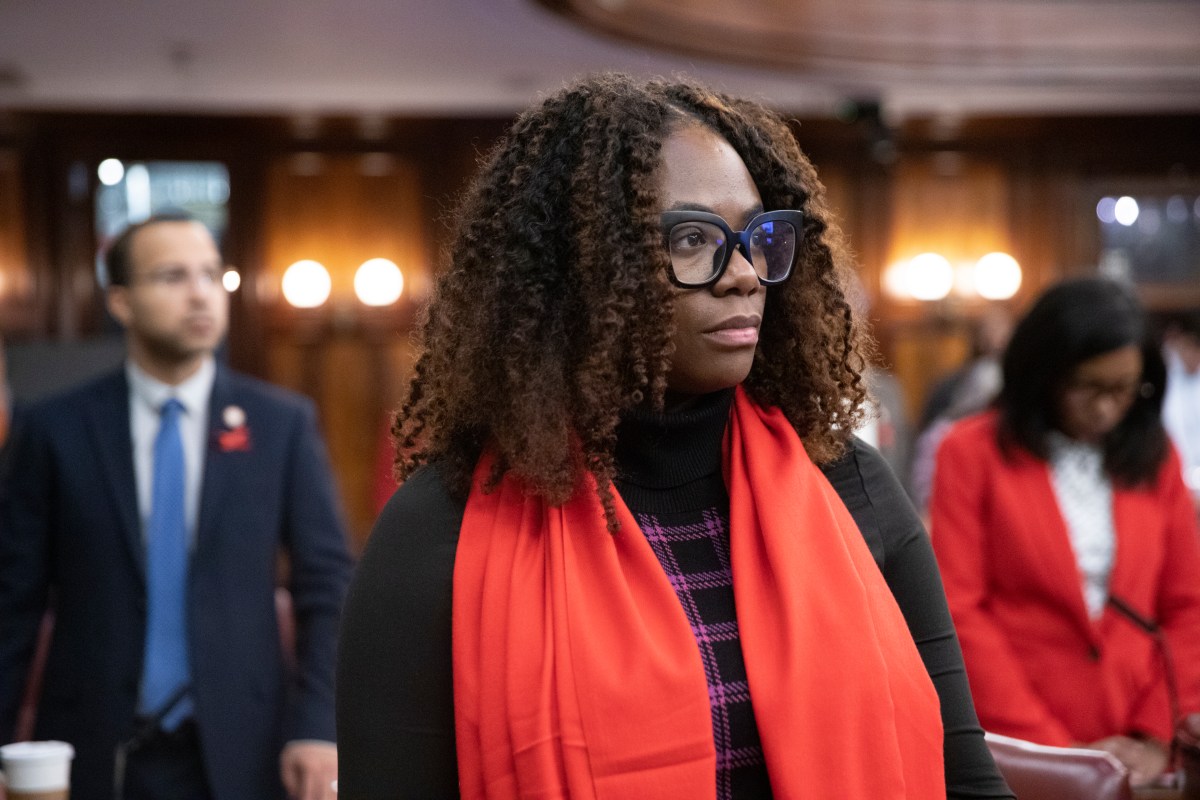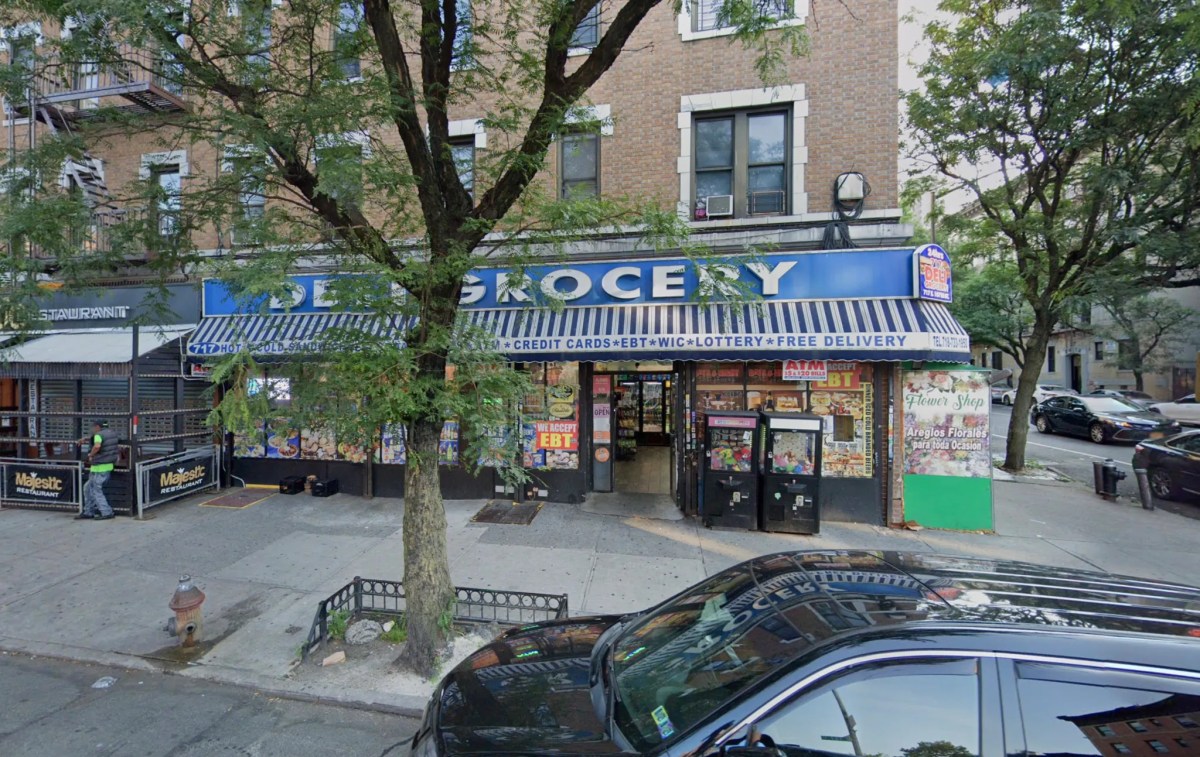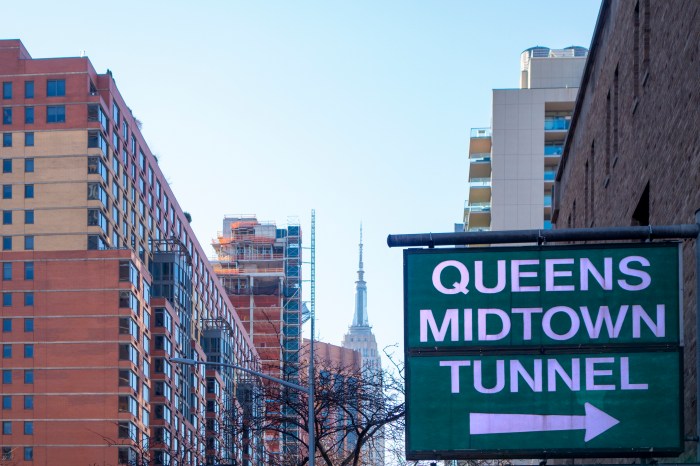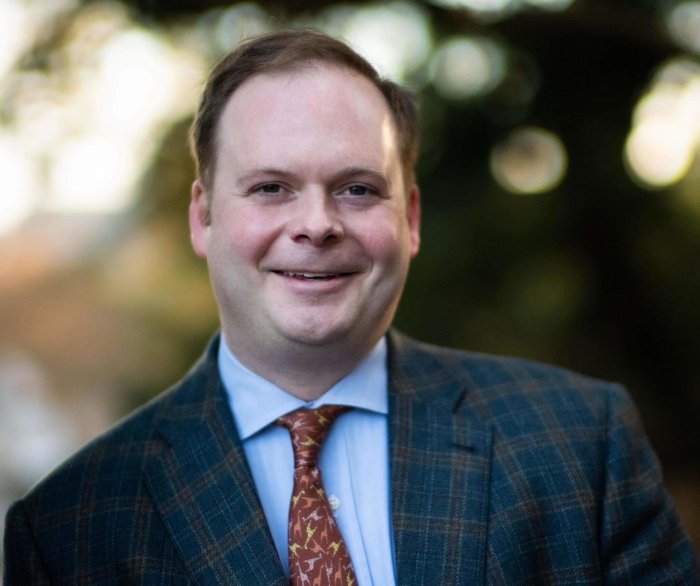Two state lawmakers hope to triple the size of New York City’s free bus pilot program and extend it for an additional year under a package of legislation aimed at improving bus service ahead of congestion pricing.
The “Congestion Pricing Done Right” bill, introduced by Queens Democrats state Senator Michael Gianaris and Assemblymember Zohran Mamdani, would expand the scope of the free bus pilot, from one line in each borough to three.
It would also invest $45 million in improving the reliability and frequency of bus service, which in New York is the slowest in the nation. The lawmakers, who hope to get the bill into the upcoming state budget, seek to improve service on mass transit ahead of congestion pricing, which New York State aims to get people out of their cars and onto trains and buses.
“The promise of congestion pricing was that it would fundamentally transform our public transit system in New York City,” Mamdani said in a statement. “Today, just a few months away from the implementation of congestion pricing, we’re looking at a public transit system that looks very much like the one we’ve had. What we need now is better service, more reliable service, and more affordable service.”
As part of the MTA’s financial rescue package in last year’s state budget, Albany required the transit agency to pilot free bus service on five lines, one in each borough, for at least six months, joining a trend of cities across the country testing fare-free transit. The MTA chose the Bx18 in the Bronx, the B60 in Brooklyn, the M116 in Manhattan, the Q4 in Queens, and the S46/96 in Staten Island for the pilot, which began in September.
The pilot could end as soon as this month, or be extended for an additional six months. Ridership data is not available on the MTA’s metrics dashboard and an agency spokesperson did not have internal numbers to share, though New York City Transit President Richard Davey told Our Town NY in December that ridership was up on the five lines between 7-20%.
Should the legislation be enacted, it would authorize an additional free bus pilot on 15 lines, instead of only 5. The lines could not be the ones included in the original pilot, a spokesperson for Mamdani noted, because federal law would require the effects on rider populations to be studied if any route had fare adjustments for longer than a year.
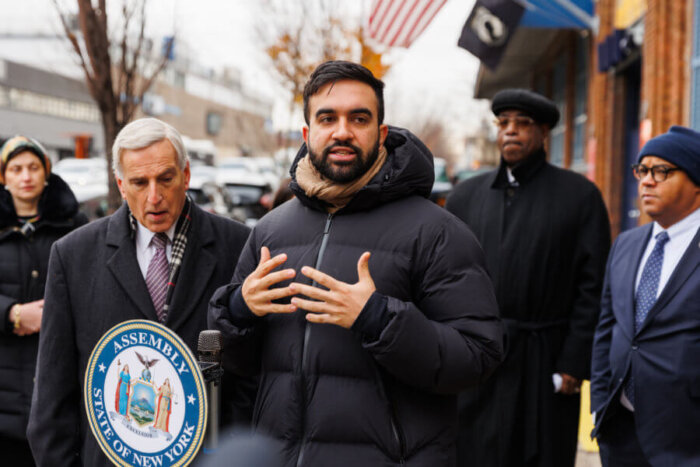
In selecting new fare-free routes, the legislation requires MTA brass to consider both service provided to low-income and disadvantaged communities and access to employment and commercial corridors. It would also require all-door boarding on every fare-free bus starting on the first day of the pilot.
As for improved service throughout the system under the bill, routes designated for improvements must “have capacity for more frequency absent infrastructure changes.”
The MTA’s Traffic Mobility Review Board (TMRB) advanced a congestion pricing recommendation last year that would toll most motorists $15 once-per-day to drive into Manhattan south of 60th Street. But the TMRB didn’t advance that recommendation unanimously; Transport Workers Union president and TMRB member John Samuelsen resigned from the board rather than give his imprimatur to the proposal.
At the internal panel’s meetings, Samuelsen frequently griped that the plan would be unfair without simultaneously boosting service throughout the system.
“If outer-borough New Yorkers don’t see any marked improvements to public transit, they won’t get out of their cars,” Samuelsen said in a statement supporting Gianaris’ and Mamdani’s bill. “By investing in frequent, reliable, and free bus service, New York State will make public transit a real alternative option for commuters.”
Both London and Stockholm significantly beefed up bus service prior to implementing their own congestion pricing schemes. In Central London, bus travel has increased by 33% since the congestion charge was installed in 2003, according to Transport for London. Transit use in Stockholm was 5% higher a decade-and-a-half after congestion pricing started there.
“Better bus service will certainly help make the most of congestion pricing,” said Danny Pearlstein, policy director at the Riders Alliance. “More frequent and affordable service are very important to riders and should be included in the state budget.”
Speaking to reporters last month, MTA Chair Janno Lieber was sympathetic towards the aim of more frequent bus service; frequency was increased on 12 subway lines last year as part of the budget agreement. But better bus service would also require the proliferation of unfettered bus lanes, which the Adams administration is way behind legally required benchmarks in implementing.
“I love Bus Mayor Eric Adams. I want him back,” Lieber said, referencing one of Adams’ campaign pledges. “What people are saying is they just want [bus service] to be faster and more reliable. And that depends on bus lanes and it depends on congestion pricing.”
Read more: G Train Shutdown: MTA’s Service Czar Manages Disruptions



